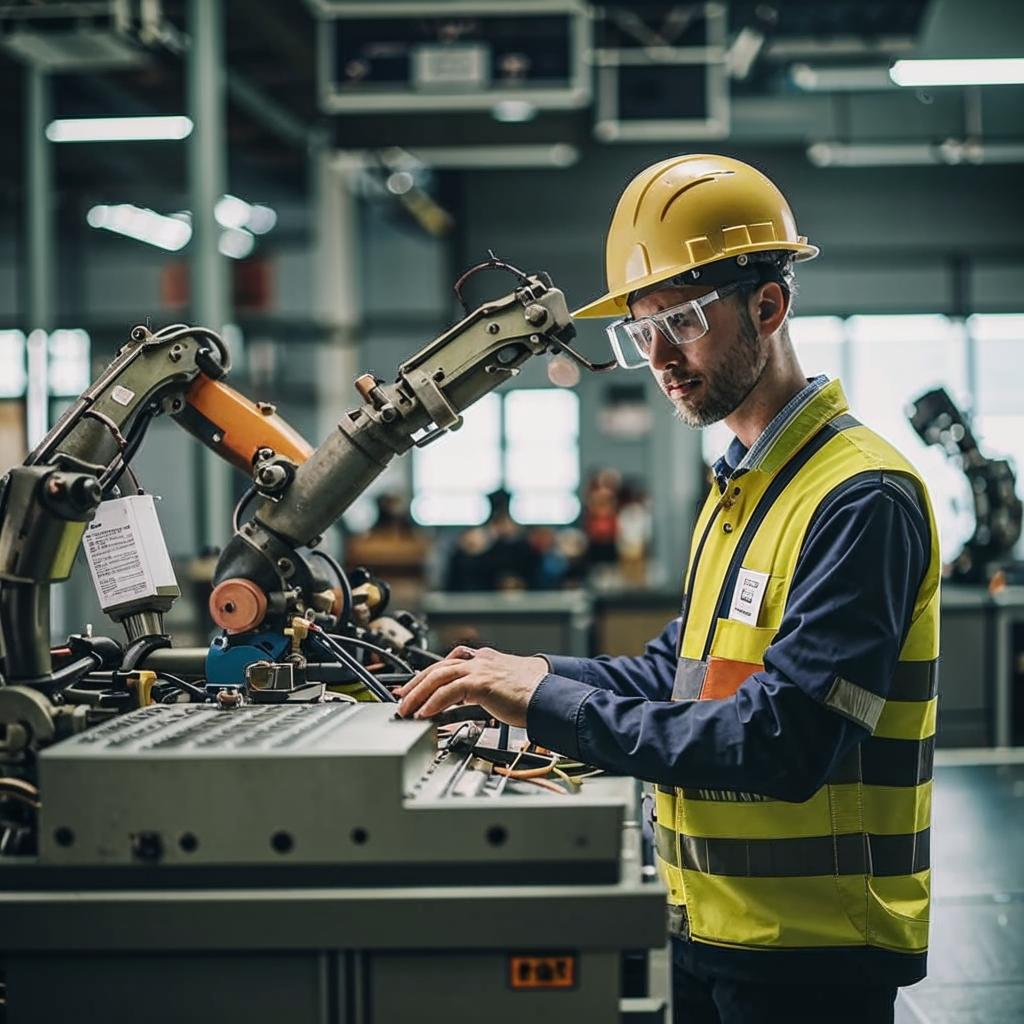The relentless march of automation continues to reshape the future of work, creating both opportunities and challenges. Technological advancements like artificial intelligence (AI) and robotics are increasingly capable of performing tasks previously handled by humans, leading to concerns about job displacement. However, automation also drives productivity gains, reduces costs, and enables the creation of new, higher-skilled jobs.
Businesses are adapting to this evolving landscape by investing in automation technologies and upskilling their workforce. This focus on continuous learning is crucial for employees to remain relevant in the job market. Industries that rely heavily on repetitive or manual tasks are most susceptible to disruption, while roles requiring creativity, critical thinking, and emotional intelligence are likely to remain in demand.
The shift towards automation requires a proactive approach from governments and educational institutions. Investment in education and training programs that equip individuals with the skills needed for the jobs of the future is essential. Furthermore, policies that support workers affected by automation, such as retraining programs and unemployment benefits, are necessary to mitigate the negative consequences.
Ultimately, the future of work is not about humans versus machines, but rather about humans and machines working together. By embracing automation and investing in human capital, we can create a future where technology empowers workers, enhances productivity, and improves overall quality of life. The key is adapting to change, embracing lifelong learning, and creating a workforce that is ready to collaborate with intelligent machines.
The transformation won’t be easy, but it’s neccessary. The future belongs to those who adapt.












